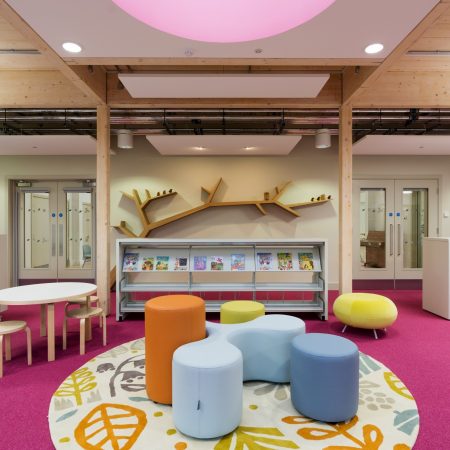Why Project Delivery Methods Alone Won’t Improve Efficiency
Multiple project delivery methods have evolved in the construction sector over the years. Have any of them transformed the efficiency of project delivery? Is every new school building programme delivered, on time, on budget and fully in line with the design specification and quality standards?
In the education sector, project delays and any deviations from the design and specification have serious consequences in terms of disrupted learning.
Of the commonly used project delivery methods, integrated delivery has many advantages. In theory it eliminates many of the interfaces and potential conflicts that come with Design-Bid-Build or Design-Build, for example.
But, if integrated delivery was the whole answer we might have expected other delivery methods to fall by the wayside and for every project to be delivered efficiently. This hasn’t happened – which suggests there’s another missing element.
Choosing the Right Product
Efficient project delivery has to look at the product as well as contracting structures and methodology.
A standardised, manufactured product inevitably has less variability than traditional builds that are a series of one-off projects. With a manufactured product, nobody has to interpret a plan to determine how to create a component of a building – instead it’s part of a repeatable and controlled process.
Using a building system such as Osborne’s InForm product for education, designs are built up from standardised elements. There’s then a direct path between design, manufacturing and delivery.
All of the important decisions that affect delivery are resolved during the design phase, including clash detection, Furniture, Fixtures and Equipment (FF&E) installation and the routing of services. Stakeholders can have their say in the spatial layout and fittings to produce the most effective learning environment.
These decisions flow directly into the production environment so that each component is configured exactly as intended and is produced exactly when needed.
Integrated delivery is a natural fit for the modern manufactured construction at the heart of the InForm product. With the right product and process, it’s possible to move from design concept to completion in the shortest, least complicated and most reliable route.
Variability and assumptions are taken out of the process so that each partner can concentrate on their strengths and on the needs of the project. This offers a more reliable route to efficient delivery.
For more information about Osborne’s InForm product for education contact Richard King ([email protected]) or visit our resource centre.

